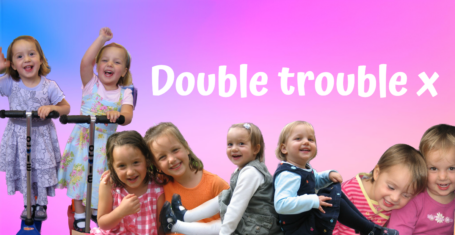
Drawn to Fashion
Fashion Illustration is having a renaissance: let us fill you in…
Fashion illustration is back in vogue, but just what has been the catalyst of the renaissance of the art that now finds itself back in the spotlight?
During fashion illustration’s heyday, back in the early days of the last century, prominent artists such as Georges Lepape, André Edouard Marty and Etré (Romain de Tritoff) were the Mario Testinos of their day. These artists were the first port of call for any fashion magazine worth its salt when photography was yet to be considered much more than a novelty imaging device for the affluent, let alone an art form. However, during the 1930’s a new generation of photographers began snapping at their heels and illustration’s hold over fashion soon began to fade.
The first photographic cover of ‘Vogue’ in July 1932 marked a defining moment in the rise of fashion photography and a watershed in the imminent decline of illustration. However, its fate was ultimately sealed in 1936 when the magazine’s publisher, Condé Nast, discovered that photographic covers were selling more copies and Edna Woolman Chase, the then Editor-in-Chief, declared illustrators ‘too costly and difficult to deal with’.
The never-ending problem is that fashion illustration will always be in direct opposition to fashion photography. In fact, ever since the latter became the last word in sartorial representation, the relationship between the two has been one of unequal siblings.
However, in the 1980’s the tumultuous relationship between the two rivals resulted in illustration being given a sudden kiss of life. Perhaps its revival was due to a backlash against the shock-inducing, sex-riddled look to the fashion industry at the end of the last century?
Photographic representation’s enduring appeal is guaranteed by the fact that, no matter how conscious the viewer is of any ‘Photoshop’ alterations, it will always have some association with reality. However, photography’s gift is also its curse, as no matter how far photographers continue to push the boundaries of creativity, they will never be able to do more than record what is actually there. Illustration, on the other hand, has no such boundaries to its creativity.
As a means of fashion representation, one can easily argue that illustration is fitter for purpose than photography due to its prioritisation of the garment over the model. In fact today one can often see how the model or background detracts from the garment supposedly being promoted, whereas the anonymous face and location of an illustration focuses the eye on the garment itself. Certainly in today’s world where stylists, make-up artists, models and photographers are elevated to celebrity status, the costs involved with a photo shoot will often exceed the costs of a skilled illustrator.
Perhaps now the time is right for fashion photography to retire backstage and make way for the fashion illustrator’s newly-rediscovered ability to make the clothes the star of the show – and not the clothes-horse?
Illustrations by Christiana Spens, Words by Lara Phillips










































